Home » 5 DIY Minimalist Bed Frame Ideas For Men’s Bedroom
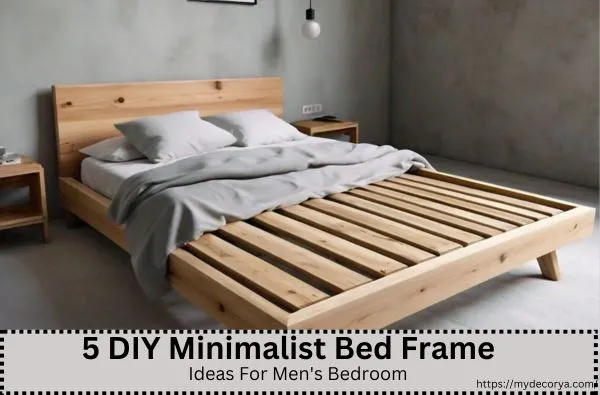
5 DIY Minimalist Bed Frame Ideas For Men’s Bedroom
5 DIY Minimalist Bed Frame Ideas For Men’s Bedroom in 2024
Hello everyone, this is Tuba. Today, I want to share 5 DIY Minimalist Bed Frame Ideas For Men’s Bedroom that you can use to update a man’s bedroom without spending a lot of money.
The bed is usually one of the most expensive things in a man’s room. But guess what? You can make great bed frames without buying them from expensive stores. DIY bed frames can look just as good as store-bought ones and save you money!
So, get ready to change up your room with one of these DIY bed frame ideas.
5 DIY Minimalist Bed Frame Ideas For Men’s Bedroom
1. Minimalist solid wood platform bed frame for Under $50
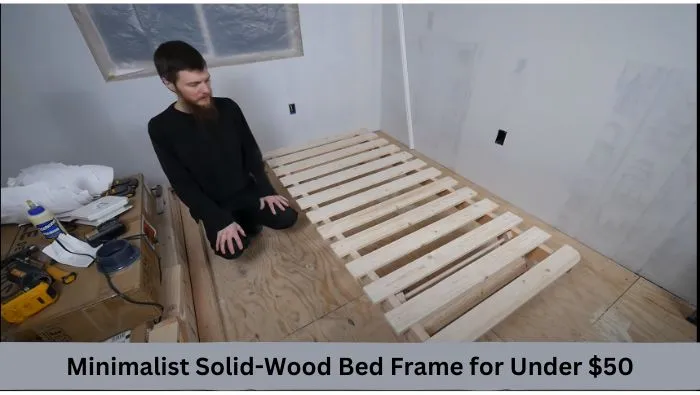
I’m excited to share a DIY project where I built a solid-wood, minimalist bed frame for under $50. Whether you’re looking to save money, enjoy the satisfaction of creating something yourself, or simply need a new bed frame, this guide will walk you through the entire process from start to finish.
Materials and Tools
Materials
- Two by fours: for the frame and legs.
- One by Four: For the slats.
- Dowels: For joining pieces together.
- Wood screws are optional for added stability.
- Wood glue: for strong joints.
Tools
- Saw: For cutting the wood.
- Drill: For making holes and driving screws.
- Sandpaper or Sander: Sandpaper is used to smooth the edges and surfaces.
- Measuring Tape: For precise measurements.
- Clamps: To hold pieces together while gluing.
- Pencil: For marking measurements.
Step-by-Step Guide
1. Cutting the Lumber
The first step is to cut all the lumber to the required dimensions.
- Side Rails: Cut two 2x4s to 74 1/4 inches each. I chose this length to allow a little extra room for the mattress.
- Slats: Cut thirteen 1x4s to 38 inches each. These will support the mattress and provide ventilation.
- Legs: Cut four 2x4s to 12 inches each. These will form the legs of the bed.
- Support Boards: Cut two 2x4s to 33 inches each. These will provide additional stability.
2. Assembling the Frame
To assemble the frame, begin by positioning the legs. Decide where to place the legs on the side rails, marking the pivot points 3/4 inches back from the edge of each rail to ensure they are centered. Drill through these marked points to create the pivot. Next, shape the legs by marking and cutting out notches so they fit snugly against the side rails. Round off the bottom of each leg for better floor contact and stability.
3. Attaching the Legs
For the initial assembly, temporarily attach the legs using the drilled pivot points, ensuring they are aligned and can pivot smoothly. Once the legs are positioned correctly, finalize their shape by cutting and sanding to ensure a smooth finish and proper fit. To permanently attach the legs, secure them with dowels and wood glue. While I aimed to avoid using screws, I did use them on a particularly warped board for added stability.
4. Final Touches
Add a support piece between each pair of legs to provide additional stability. This prevents side-to-side movement and ensures the legs stay firmly in place. Position the legs at a slight angle to enhance the frame’s strength and rigidity. Round off the edges of the frame to prevent any sharp corners, improving safety and giving the bed a polished look.
Completion and Testing
Once the frame is fully assembled, it’s time to test its stability. Sit on the frame and check for any wiggle or instability. The frame should feel solid and secure. For finishing touches, apply felt pads to the feet of the legs. This protects your floor from scratches and makes it easier to move the bed if needed.
Note: Building this minimalist bed frame was an enriching experience. It’s a sturdy, stylish piece that fits well with our minimalist aesthetic, and, best of all, it costs under $50. This project is perfect for anyone looking to add a personal touch to their home furniture.
2. Minimalist Modern Bed Build with Free Plans in All Mattress Sizes
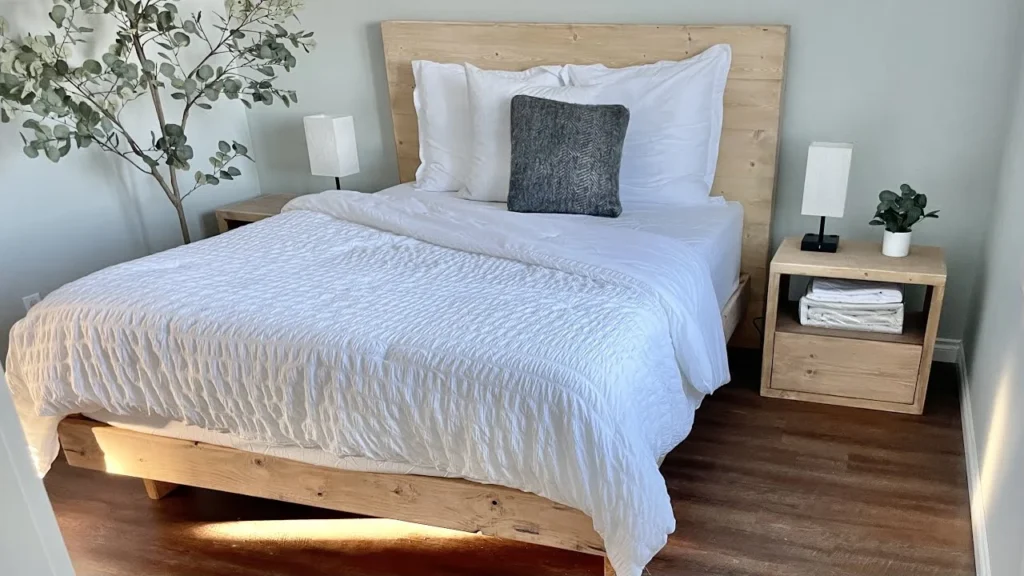
Now I’m going to show you how to build a bedframe, perfect for a men’s bedroom. This project combines style and functionality, creating a sleek and sturdy bed frame that fits any masculine décor.
Materials and Tools
- Free Step-by-Step Plan: Includes diagrams, a shopping list, and a cut list for all mattress sizes. Download it from the link in the description.
- Compound Miter Saw: Recommended for cutting the wood, ensuring quick, safe, and straight cuts.
- Pocket Hole Jig: Set to three-quarter inch for drilling holes.
- Pocket Hole Screws: One and a quarter-inch screws for securing boards.
- Wood for Headboard and Frame: 1×8 boards, 1×3 boards for the frame, 2×6 and 2×4 boards for the footboard and side rails.
- Router: for rounding edges.
- Sandpaper: 120 grit and fine sandpaper for smoothing the wood.
- Stain and Paint: Golden Oak stain and white paint are mixed with water to finish the wood.
Building the Headboard
To start, I joined the boards for the headboard using a pocket hole jig. I set the jig to the three-quarter-inch setting and drilled the holes. Then, I used one-and-a-quarter-inch pocket hole screws to secure the boards. My friend helped me with the vertical method of attaching the pocket holes, which worked out well.
Adding Structure to the Headboard
The headboard was a bit flimsy with just the 1×8 boards, so we added a 1×3 frame to the back. This not only gave it more structure but also added a chunkier look. We attached these boards using three-quarter-inch pocket holes and one-and-a-quarter-inch pocket hole screws.
Constructing the Footboard
For the footboard, I cut a two-by-six to the required length and attached two-by-fours on the inside. This provided a solid structure and matched the design of the headboard.
Building the Side Rails and Legs
The side rails are constructed from two-by-sixes with two-by-fours on the inside. I also added legs to each side rail, ensuring they were built as mirror images for consistency. This part of the project was quick and easy to complete.
Finishing Touches
We decided to give the edges a rounded look using a router, as rounded edges are very trendy right now. After routing, we sanded everything with 120-grit sandpaper and finished with fine sandpaper for a smooth finish.
Staining the Wood
For the stain, I initially used a Golden Oak color, but it looked too orange. To tone it down, I mixed some white paint with a little water and applied it over the stain. This gave the wood a perfect color.
Assembling the Bed
In the room where the bed would be placed, I marked out where the side rails should go on the headboard, pre-drilled some holes, and attached the side rails from the back. The footboard was super easy to attach by just placing it in position and securing it with screws. The center support was also easy to assemble, and we added a center leg for extra support.
Adding the Slats
Finally, we placed the slats on top of the frame and screwed them down. This bed turned out to be not only beautiful but also very sturdy, thanks to the cantilevered legs that give it a stylish and fresh look.
3. DIY Minimalist Bedframe: How to make a Low bedframe
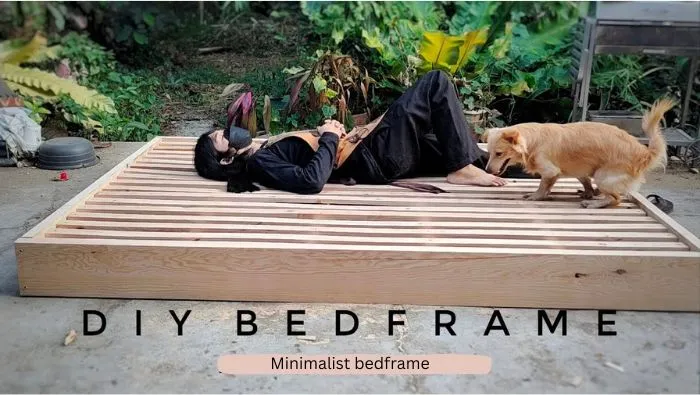
This project is straightforward and rewarding, perfect for anyone looking to add a personal touch to their room.
Materials and Tools
To make your project easier, I’ve created a free step-by-step plan that includes diagrams, a shopping list, and a cut list for all mattress sizes. You can download this by clicking the link in the description. Here’s what you’ll need:
Materials
- Support Pieces for Slats: Cut to one and a half inches by one and a half inches.
- Additional Support Pieces: Cut at four inches for the vertical slats.
- White Boards for Slats: These will be used for the bed slats.
- Screws: Various sizes to secure the supports and slats.
Tools
- Compound Miter Saw: Ensures quick, safe, and straight cuts.
- Drill: for pre-drilling holes and driving screws.
- Measuring Tape: To ensure accurate cuts and measurements.
- Sandpaper: To smooth the rough edges of the wood.
- Router: (Optional) for rounding edges if desired.
Cutting and Preparing the Slats
Begin by measuring and cutting the support pieces for the slats to one and a half inches by one and a half inches. These pieces will provide a base for the slats to rest on. Next, cut additional support pieces at four inches.
These will be used for the vertical slats, providing extra stability to the bed frame. Prepare the whiteboards for the slats by cutting each one to two inches in width. Even if the boards appear dirty, the underside is often clean, which can save you time on sanding or planing. Lay the slats on top of the support pieces to ensure a sturdy base for your mattress.
Assembly
Start by attaching the one-and-a-half-inch support pieces to the bed frame. Use a drill to pre-drill holes and then secure the supports with screws. This step ensures that the slats will have a solid base to rest on. Then, secure the four-inch vertical support pieces to the frame.
These additional supports provide extra stability, especially in the middle section of the bed. Once the supports are in place, lay the prepared slats on top of them, ensuring they are evenly spaced to distribute the weight of the mattress and the sleeper. Finally, secure the slats to the support pieces with screws to prevent any movement and ensure the bed frame is solid and durable.
Finishing Touches
With the slats in place and secured, your bed frame is almost complete. If you want to add a stylish touch, use a router to round the edges of the slats and the frame. This not only looks great but also helps to prevent any sharp edges.
4. Easy DIY minimalist platform bed frame | wood from Home Depot | Cheap Bed
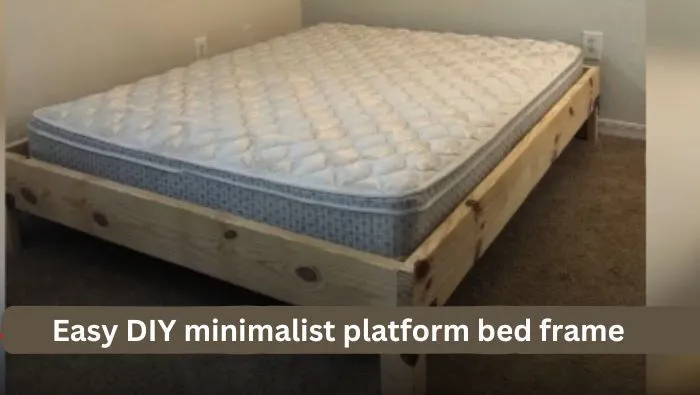
This DIY project is not only affordable but also sturdy and stylish, making it a great addition to any space. With a total cost of under $170 from my local Home Depot, this bed frame leaves seven inches of clearance underneath, perfect for storage. Let’s dive into the details and get started!
Materials and Tools
For this project, you’ll need the following materials and tools:
- Four 8-foot 2x8s: These will form the head, foot, and side rails of the bed.
- Two 8-foot 2x4s: One for the center rail to support the slats, and another for the feet.
- Two 8-foot 2x2s: These will act as slat-holding rails on the inside of the frame and will also be used for the feet.
- Twelve or thirteen 6-foot 1x4s: These will be used as slats.
- Additional Tools: You’ll need a saw for cutting, a drill for pre-drilling and driving screws, clamps for holding pieces in place, sandpaper for smoothing edges, and brackets for added stability.
Cutting the Wood
Start by cutting the foot and headpieces to 5 feet, 1 inch (61 inches). Next, cut the side rails to exactly 7 feet (84 inches). For the legs, simplify your design by cutting the pieces to seven and a quarter inches and gluing and screwing them together to form basic L-shaped legs.
Assembling the Frame
Attach the side rails to the legs, ensuring they are exactly two inches from the bottom edge of each side piece. Glue and screw them in place, spacing the screws about six to eight inches apart. Use two-inch SPAX screws for this step.
Sanding
Sand all surfaces that will be touched frequently. Start with 100- or 120-grit sandpaper to smooth out rough areas and remove any stamps from the wood. Follow up with a finer 220-grit sandpaper for a smooth finish.
Assembling the Bed
Lay out all the pieces and ensure they fit together. Attach brackets at the corners to help maintain right angles. Use a square to verify the angles and adjust as necessary. Drill pilot holes and attach the brackets with screws. Make sure the center rail brackets are placed exactly in the center and flush with the bottom.
Finishing Touches
Once assembled, your bed frame should be sturdy and square. Ensure the slats fit across the frame with a small clearance on each side. Secure the slats to the frame with screws for added stability.
5. DIY Minimalist Twin Bed
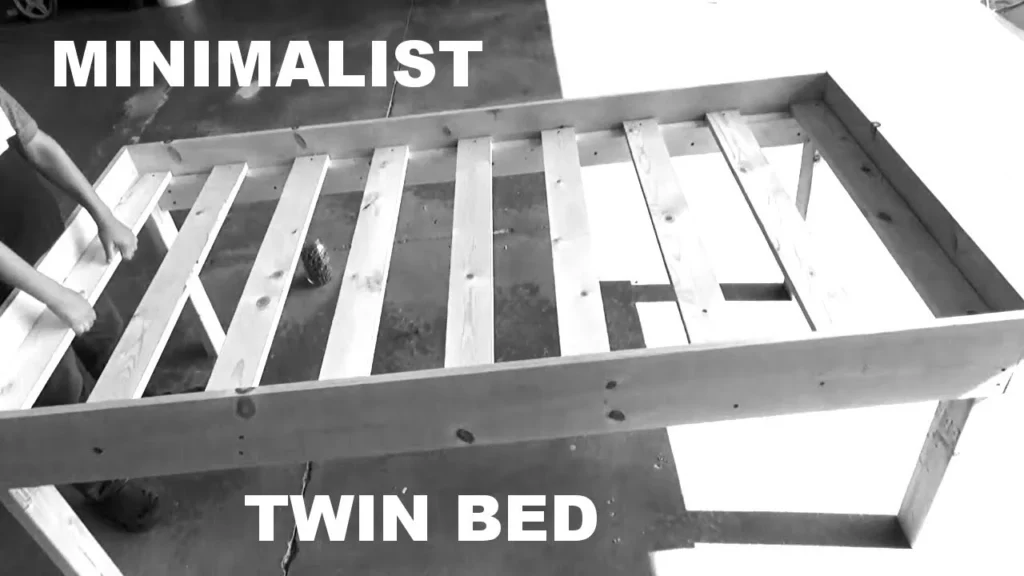
This bed is designed similarly to the crib I made previously, but this time we’re scaling up. The standard size for a twin mattress is 38 inches by 74 inches. If you make the bed frame the same size as the mattress, it will have a nice, snug fit. This bed is for a special someone, and I can’t wait to get started!
Building the Headboard
First up, we’re building the headboard. One down, one to go! I always feel a sense of accomplishment when I complete the headboard because it sets the foundation for the rest of the bed.
Building the Footboard
Next, we’re moving on to the footboard. Footboard done—or headboard, or whatever board the other one is. It’s important to keep track of all the parts, even if they get a little mixed up sometimes!
Dealing with Warped Wood
We encountered a bit of a challenge with a warped piece of wood. This makes the project a little more difficult, but not impossible. I love tackling these little obstacles—it makes the finished product even more rewarding.
Reinforcing the Structure
Just like with the crib, I’m reinforcing the other side of the bed frame so that it lasts longer. Durability is key, especially for something that will be used frequently.
Adding Support Boards
Now, all that’s left are the support boards. I made nine support boards instead of the typical six that stores usually sell because, if you know anything about children, they will eventually crack all of them. Trust me, nine is better than six when it comes to supporting an active sleeper.
More Support for Durability
With all the support boards in place, we’re finally done! It took me about two hours to make this bed. It’s pretty easy, especially since it’s the same design as the crib. Anyone can build this twin-size bed. If you’ve been thinking about making one, just do it. It is so simple!
Adding Custom Features
And there you go! A minimally designed twin-size bed. This project was so simple that you can easily add different features if you want. For example, if you’d rather have the legs be 4x4s instead of 2x4s, just use the same lengths as you did for the 2x4s. If you want to build this bed too, I will leave all the dimensions in the description box below. Now, let’s go have some fun!
Necessary Tools and Materials
Here are some common materials for 5 DIY Minimalist Bed Frame Ideas For Men’s Bedroom:
| Tools | Buy Button |
|---|---|
Saw 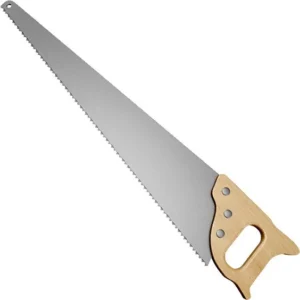 |
|
Drill 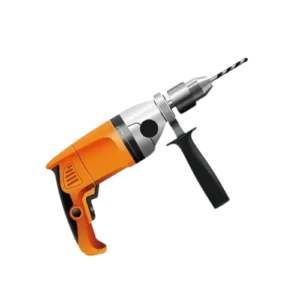 |
|
Wood Glue 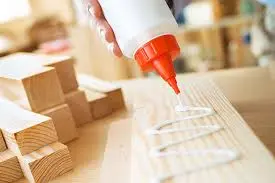 |
|
Screws 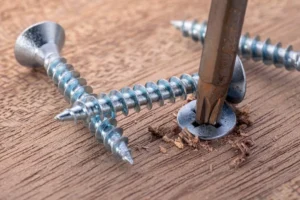 |
|
12" Speed Square 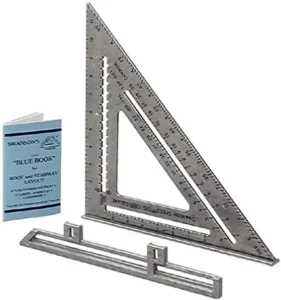 |
|
Dry Square 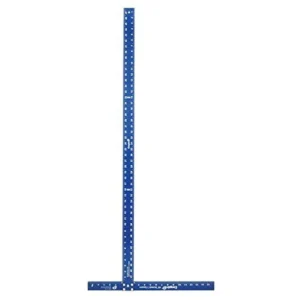 |
|
Water Based Poly  |
|
Home Depot 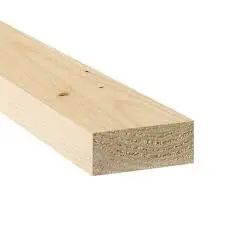 |
|
Measuring Tape 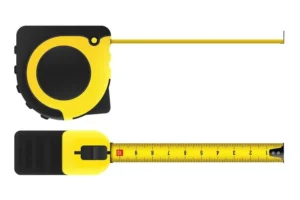 |
Conclusion About 5 DIY Minimalist Bed Frame Ideas For Men’s Bedroom
Updating a man’s bedroom doesn’t have to break the bank. With these 5 DIY minimalist bed frame ideas for men’s bedrooms, you can create stylish, sturdy, and budget-friendly frames that enhance the look of any room. From solid wood frames to modern designs, these projects offer something for everyone, whether you’re a seasoned DIYer or just starting.
By using readily available materials and following simple steps, you can build a bed frame that not only saves money but also adds a personal touch to your space. So, get your tools ready and start transforming your bedroom today!
FAQS About 5 DIY Minimalist Bed Frame Ideas For Men’s Bedroom
1. Are these bed frame projects suitable for beginners?
Yes, these projects are designed to be straightforward and include step-by-step instructions, making them suitable for beginners.
2. How much money can I expect to save by building my bed frame?
You can save a significant amount, often spending less than $200 compared to hundreds or even thousands on store-bought frames.
3. What materials will I need?
Common materials include lumber (2x4s, 2x6s, and 1x4s), wood screws, wood glue, and basic tools like a saw, drill, and sandpaper.
4. Can I customize the designs?
Absolutely! You can adjust dimensions, choose different finishes, or add custom features to match your style.
5. How long does it take to build one of these bed frames?
Depending on the complexity of the design and your experience level, it can take anywhere from a few hours to a couple of days.
Feel free to ask if you have any more questions or need further assistance with your DIY projects!
Tuba Hassan
Hi, I'm Tuba, a digital marketer and content writer with several years of experience in my field. My expertise in Search Engine Optimization (SEO) and Content Writing has helped me create engaging and effective content that resonates with my target audience. I’m passionate about helping businesses grow and thrive by developing and executing marketing strategies that drive growth and increase revenue.

Benefits of DIY Bed Frames
You May Also Like
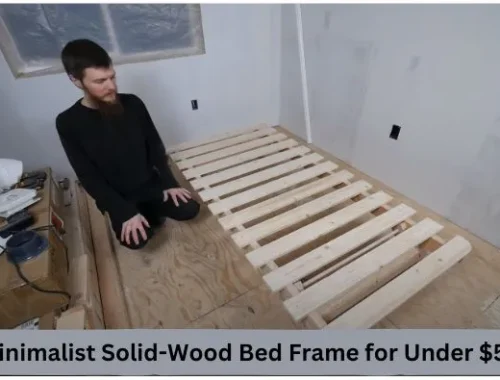
Can I make my own bed frame?
3 June 2024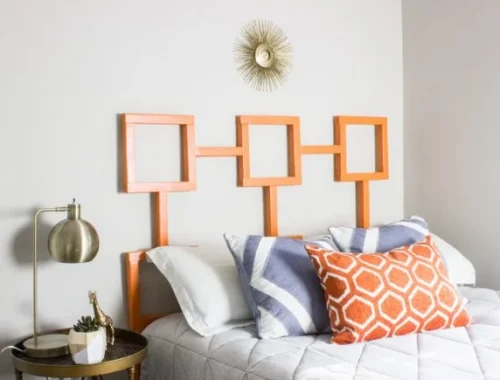
50 diy bed frame ideas for men’s bedroom
24 June 2024
